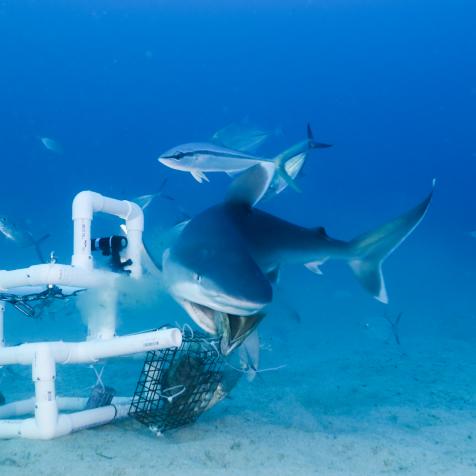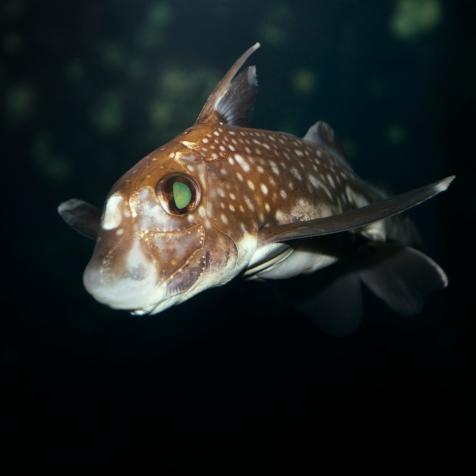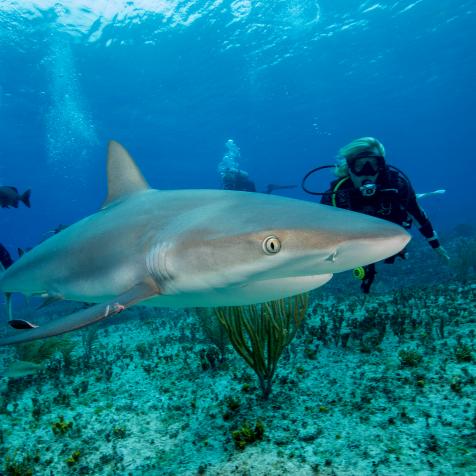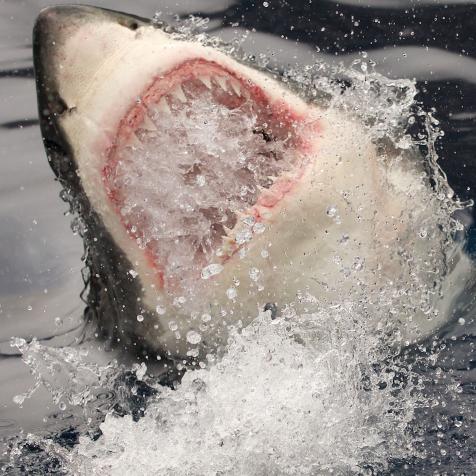
Richard Newstead
Sea Drones are the Robot Scientists That Help Protect the World's Oceans
Marine conservationists and oceanographers are increasingly using drones to help them study sea and coastal habitats.
Stream SHARK WEEK on discovery+.
Aerial drones, unmanned boats, and submersibles allow scientists to remotely track, monitor, and protect important keystone species such as sharks, rays, and turtles.
Growing numbers of these unmanned vehicles perform tasks autonomously and are programmed to react independently to their surroundings using cameras and other sensors. They relay data and images to scientists about the animals and plants that are vital to the health of our seas.
They See it All
Drones, particularly unmanned aerial vehicles (UAVs), have given scientists the ability to rapidly gather knowledge about the living world. UAVs have been used to count fur seals and sea lions, collect data on endangered Chinook salmon, and to map and forecast tides of harmful algal blooms that are toxic to ocean ecosystems.

Chandler Borries
Drones can be used to estimate animal populations, like these black tip reef sharks.
Coupling commercial aerial drones with GPS satellite and electronic tag data enabled a team from Murdoch University in Australia to survey the endangered marine mammal, the dugong. UAVs meant researchers could spot dugongs from the air and gather data on population density and animal movements along the coast of the sparsely populated Pilbara region of Western Australia.
The Mission They Chose to Accept
Small drones were flown in a grid pattern over 240 separate missions to create spatial data on all the dugongs in the region. Using commercial drones kept costs down and meant that an average of 90 survey flights were conducted during each three-week field trip, capturing approximately 25,000 images. Over the two years of their study, the scientists successfully identified 149 animals.

Westend61
Drone footage of a Manta Ray.
Manta rays are another threatened species, where UAVs provide crucial data on numbers and distribution. Aerial images from their feeding areas in the Bird’s Head Seascape of West Papua, Indonesia, have helped to identify individual rays using their wingspan measurements. Data gathered led to the creation of a conservation network of 26 marine protected areas covering more than 13 million acres.
Full legal protection was granted to manta rays throughout the country’s waters, including four nurseries, to ensure the future of the iconic species. Local villages and animals will now benefit together from eco-tourism as people travel to the region to spot rays and whale sharks.
Engineering Better Solutions
Pushing the boundaries of drone engineering is helping one PhD student focus efforts on stopping illegal shark fishing. Melissa Schiele has succeeded in creating a prototype fixed-wing aerial drone that can land on water to gather information. The drone will also be developed to detect ghost nets–nets cut adrift from trawlers that kill fish and other species–and to count shark, whale and turtle populations.
Go sub-surface and the autonomous underwater vehicles (AUVs) used near Guadalupe Island in Mexico have captured previously unseen great white shark behavior. Two REMUS, torpedo-shaped AUVs are equipped with sonar-like acoustics and sophisticated software to track electronic tags on the sharks.
Video from on-board cameras revealed what the sharks got up to on their deepest dives and at night, including rare footage of what appeared to be a great white napping.
Deep-sea AUVs can gather data and provide deeper understanding of all kinds of marine species much more cheaply than ships and manned missions. And by using artificial intelligence to process the thousands of images gathered, scientists say that robotic systems can be trained to help advance our knowledge much more quickly.
Challenges to marine wildlife now also include offshore wind farms, including impact to fisheries, noise, and habitat disturbance. To combat this, the energy company Vineyard Wind asked three companies to develop solutions to help turbines and sea creatures exist safely side-by-side.
Night Vision
These include AI-enabled night-vision cameras to identify species, solar-powered autonomous boats that identify whales and illegal fishing boats, and aerial drones that can fly in harsh weather to track whales and other marine mammals.
In the spirit of making the oceans cleaner and safer for wildlife, a Dutch company has also created the WasteShark–an autonomous boat modeled on the whale shark to pick up plastic waste. Creators RanMarine have programed it to seek out places where waste gathers and collect data on water quality as it cleans.















.jpg.rend.hgtvcom.476.476.suffix/1658439748057.jpeg)


